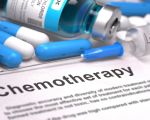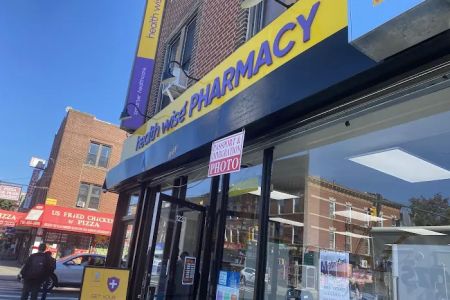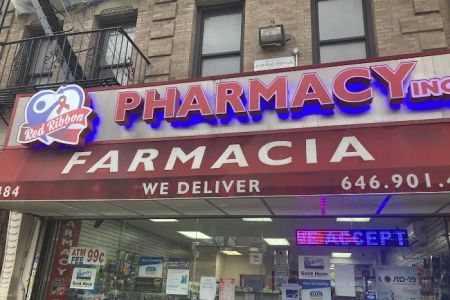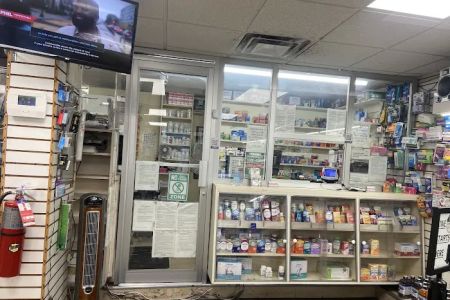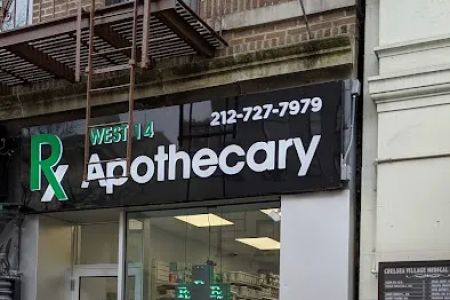Understanding Generic Medications: A Crucial Part of Patient Education
When it comes to patient care, one of the most important aspects that often gets overlooked is educating patients about the medications they are prescribed. While many patients are familiar with brand-name medications, they might not fully understand the benefits and effectiveness of generic medications. In this article, I’ll share the best practices for educating patients about generic medications, addressing their concerns, and encouraging them to make informed decisions for their health and wellness.
1. What Are Generic Medications?
Generic medications are drugs that are equivalent to their brand-name counterparts in terms of dosage, form, strength, route of administration, and intended use. The primary difference is the price. Generic drugs are typically much less expensive than their brand-name versions because they don’t require the same research and development costs that the original brand-name drugs do. They are approved by the FDA after rigorous testing to ensure they meet the same standards for quality, effectiveness, and safety.
2. Addressing Common Patient Concerns About Generic Medications
One of the most common concerns patients have about generic medications is whether they are as safe and effective as brand-name drugs. This concern stems from misconceptions about the lower price point. As healthcare providers, it’s crucial to take the time to explain that the FDA mandates that generic drugs meet the same quality standards as brand-name drugs. This reassurance can help alleviate doubts and build trust with patients.
Some patients may also worry about potential side effects, assuming that generics might cause different reactions. It’s important to highlight that while generics contain the same active ingredients, any slight differences in inactive ingredients (such as fillers) usually do not affect the drug's effectiveness or safety. Ensuring patients understand these points can help them feel more confident in their choices.
3. Communicating the Financial Benefits of Generic Medications
In a healthcare environment where the cost of treatment can be a significant burden for many families, educating patients about the cost savings of generic medications is crucial. Often, the high costs of prescription medications are a deterrent to filling prescriptions or adhering to a treatment plan. By switching to a generic, patients can save a substantial amount of money without compromising the quality or effectiveness of their medication.
Sharing real-world examples, such as the cost difference between a common generic and its brand-name equivalent, can make the financial benefits more tangible. For example, you might tell patients that they could save hundreds of dollars annually by choosing a generic drug. Providing information on affordable generic options can encourage better adherence to prescribed treatment plans.
4. Offering Resources for More Information
Sometimes, patients may still feel hesitant even after a detailed explanation. In such cases, providing written resources or directing patients to trusted online platforms, like the FDA website, can help further clarify their doubts. Having these resources available can empower patients to research and make decisions independently.
Additionally, pharmacists can encourage patients to ask questions and voice concerns during their visits. Offering consultations can help personalize the educational experience and ensure that each patient feels heard and supported in their choices.
5. Using the Right Communication Tools
Another effective way to educate patients about generic medications is through clear and accessible communication tools. This includes patient brochures, posters, and digital content such as informative videos and articles on your clinic’s website. Visual aids are powerful tools in making complex concepts easier to understand. Also, consider providing follow-up calls or messages to check on the patient’s experience with their new medication regimen.
Personalized interactions, whether through phone calls or one-on-one consultations, also allow healthcare professionals to address specific concerns and answer questions, making patients feel more confident in their medication choices.
6. Promoting a Positive Attitude Towards Generic Medications
One of the most important parts of educating patients about generic medications is fostering a positive attitude. Reinforcing the idea that choosing generics is a smart, safe, and cost-effective choice can empower patients to make the best decisions for their health. When you emphasize that generics are just as effective as their brand-name counterparts, patients may feel more encouraged to adhere to their treatment plans without fear of inferior care.
7. Encouraging Open Dialogue and Building Trust
Lastly, creating an environment where patients feel comfortable discussing their health concerns and medication choices is essential. Open dialogue between healthcare providers and patients helps to build trust, and trust is crucial in ensuring patients are comfortable with their medication regimen. Over time, as patients see the effectiveness of their generic medications, they will gain confidence in their healthcare decisions.
As healthcare providers, we have a responsibility to guide our patients through the complexities of medication choices. By focusing on educating them about the benefits of generic medications, addressing concerns, and fostering open communication, we can help ensure they receive the best care possible.

